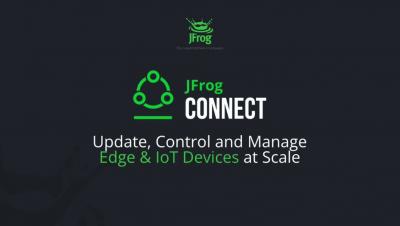Operations | Monitoring | ITSM | DevOps | Cloud
IoT
5 Common IoT Security Challenges to Be Aware Of
As the Internet of Things (IoT) continues to grow, transforming the way we live and work, it should be expected that there will be various security challenges to battle. This means that as a business owner, you should be ready to secure your devices and connections. Statista reports that there are currently 15.14 billion IoT-connected devices worldwide.
A Guide to Using ARM Stack Limit Registers
Stack overflows have notoriously plagued the development processes. They often can go undetected and can present themselves in obscure ways. We have implemented software mechanisms to protect against them, but these have limitations and still don’t protect against all conditions. With the maturity of the ARM architecture, wouldn’t it be better to have a fool-proof mechanism for detecting overflows?
IoT Management with JFrog Connect (5-Minute Demo)
How to Monitor, Debug, and Update Infineon Devices with Memfault's IoT Reliability Platform
AI at the Edge Ushers in the Hyperconnected Era
We have entered the next phase of the digital revolution in which the data center has stretched to the edge of the network and where myriad Internet of Things (IoT) devices gather and process data with the aid of artificial intelligence (AI).
JFrog Connect IoT Device Management Solution
Integrating Memfault into an Embedded Linux Project
IoT devices have become ubiquitous. Given the number of new devices being deployed all over the world and far from the desks of developers, it is imperative to have a solid set of tools to manage them without being directly connected to them via JTAG, USB, or SSH. The necessary tasks in the IoT device lifecycle include device deployment and management, remote monitoring, and over-the-air (OTA) software updates.
Use HiveMQ and OpenTelemetry to monitor IoT applications in Datadog
Large IoT environments are highly complex and comprise multiple layers of disparate devices that must move data between each other, across potentially unreliable connections. Having visibility into each layer of your IoT environment is critical for quickly identifying problems with your deployment that could negatively impact user experience.










